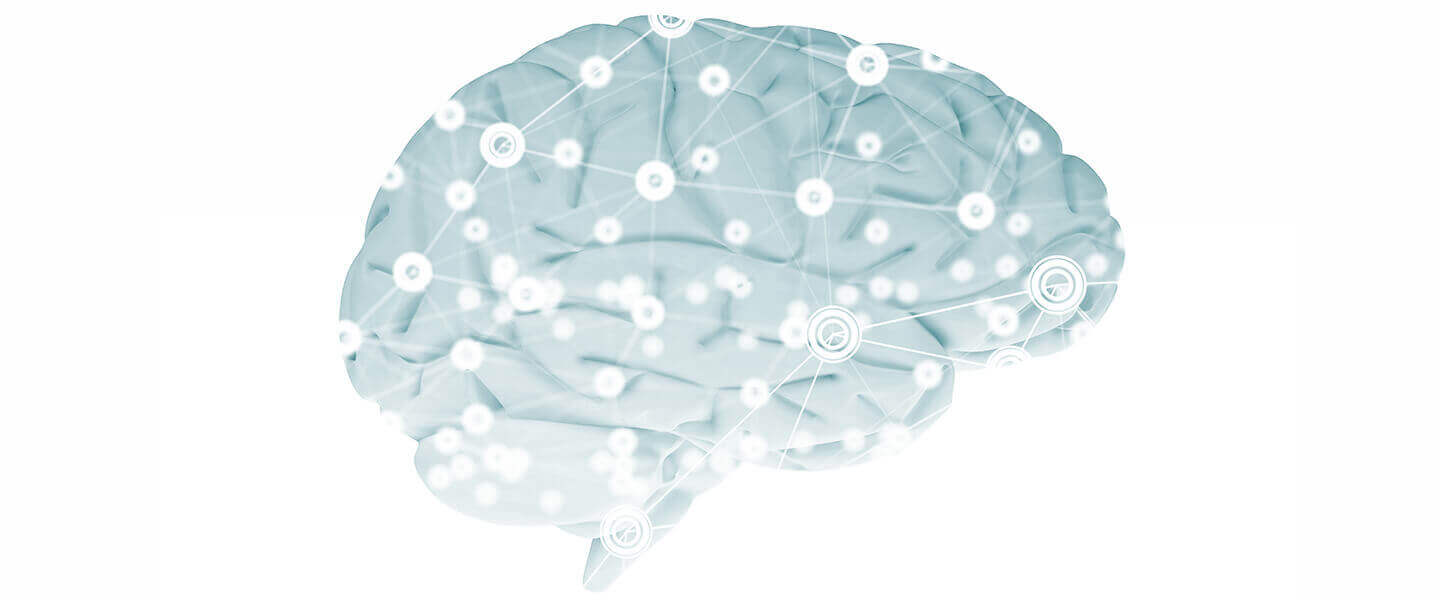A Rarely Studied Brain Structure Provides New Clues About Psychosis
A Rarely Studied Brain Structure Provides New Clues About Psychosis

Story highlights
A team focusing on a rarely studied brain structure called the choroid plexus has made discoveries suggesting its involvement in psychosis. The structure, which was found to be significantly enlarged in patients and less so in their first-degree relatives, is the source of the cerebrospinal fluid that bathes the brain. In addition to protecting it, it helps mediate the brain’s interaction with the body’s immune and inflammatory systems.
In a vivid example of the power of basic research, a team of researchers has performed the first analysis of the relation between psychosis and alterations in a vital structural feature of the brain called the choroid plexus that helps to protect and nurture it. In the process, they made a number of discoveries likely to inform future research on not only psychosis but also schizophrenia and bipolar disorder.
The team, led by Paulo Lizano, M.D., Ph.D., of Beth Israel Deaconess Medical Center, included eight recipients of BBRF grants, three of whom are members of BBRF’s Scientific Council. The target of their study, the choroid plexus, is a branching network of cells in which cerebrospinal fluid (CSF) is produced and distributed throughout four large, hollow brain structures called ventricles.
The choroid plexus is important for many reasons. For starters, the brain cannot function without the CSF produced within its walls—the protective, cushioning fluid in which the brain literally floats within the hard surfaces of the cranium, much as a diver in a neutral buoyancy tank floats within the walls of the tank.
A barrier between the CSF and brain tissue is formed by the choroid plexus, giving it another critical function: as a structure that keeps blood components from penetrating the brain and that filters out various molecules, including toxins, while allowing a select number of molecules to enter, including those generated by the immune system. (In this function, this barrier works in concert with another protective structure called the blood-brain barrier)
The choroid plexus, as the researchers note, has been “largely ignored” despite discussions that date to the 1920s of its possible role in schizophrenia and bipolar disorder. Among many intriguing facts previously known but not understood: one of the hallmark features of the brain in people with schizophrenia is an enlargement of the ventricles.
The newly published research does not directly demonstrate that ventricular enlargement is caused by changes in the choroid plexus. But the study does directly link psychosis with enlargement of the choroid plexus (measured in terms of its total volume).
This and other discoveries were made by comparing the structure’s volume (via structural MRI brain scans) in study participants in three groups: one group diagnosed with psychosis; another consisting of relatives of these individuals; and a third group consisting of matched healthy controls.
The volume of the choroid plexus was “significantly larger” in participants with psychosis, compared with first-degree relatives or controls. But some enlargement was also noted in first-degree relatives when compared with controls—indicating that volume of the choroid plexus is “significantly heritable.”
Perhaps more compelling is the finding that in study participants with psychosis, larger volume of the choroid plexus was associated with lower scores on cognitive tests, smaller grey matter and amygdala volume, larger ventricle volume, and lower levels of neural connectivity. All are potentially related—whether causally or by association—to pathology involved in causing psychosis.
One additional discovery that the team also found to be compelling: enlargement of the choroid plexus in participants with psychosis correlated with higher levels of interleukin 6 (IL-6), a signaling cell that is part of the immune system and which can penetrate the barriers between the brain, the blood and the CSF. “It is noteworthy that IL-6 elevation is strongly implicated in schizophrenia and bipolar [disorder] pathophysiology,” and perhaps also with reduction in the grey matter of the cerebral cortex, the team said.
“Our findings suggest the involvement of the choroid plexus across the psychosis spectrum, with a potential mechanism involving the neuro-immune system, which functions in regulating the brain and interacting with the body’s immune and inflammatory systems,” they concluded.
BBRF grantees involved in the research include: 1997 Young Investigator Matcheri Keshavan, M.D.; Scientific Council member and 2010 and 1998 Distinguished Investigator Carol Tamminga, M.D.; Scientific Council member and 2006 and 1998 Distinguished Investigator Elliot Gershon, M.D.; 1997 Independent Investigator John Sweeney, Ph.D.; Scientific Council member and 2000 Distinguished Investigator Godfrey Pearlson, M.D.; 2000 Independent Investigator Brett Clementz, Ph.D.; 2012 Young Investigator Ofer Pasternak, Ph.D.; and 2008 Young Investigator Jeffrey Bishop, Pharm. D.





